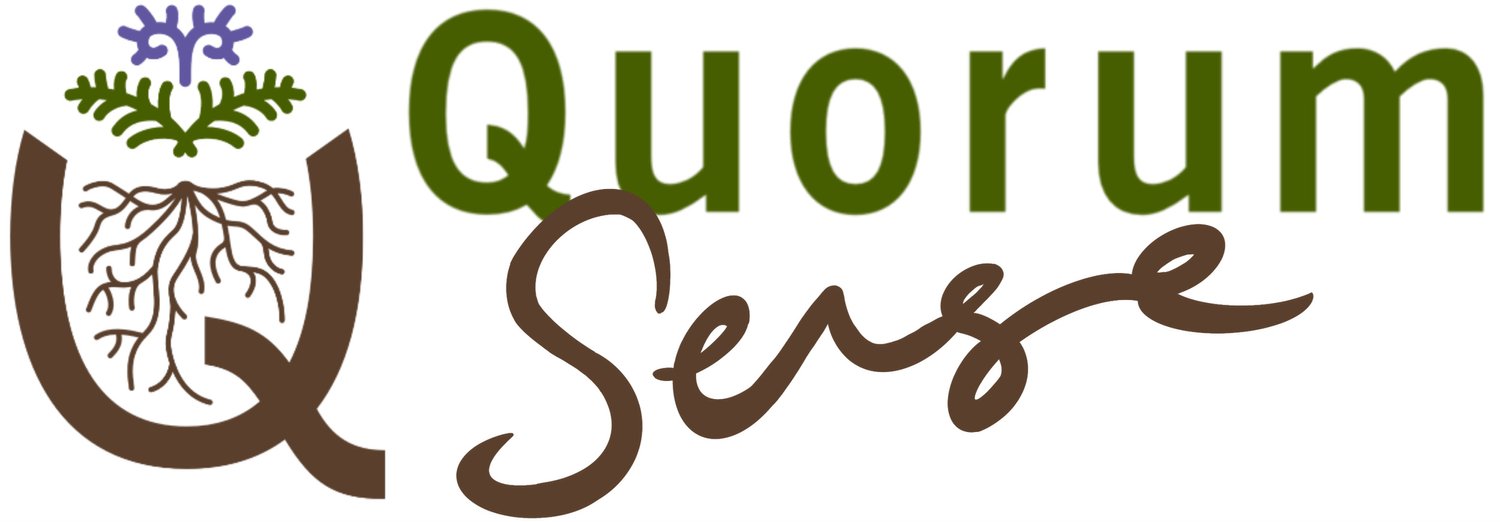Regenerative agriculture certifications
As there is no formal organisation with oversight over regenerative agriculture in New Zealand. Who decides what is considered ‘regenerative’ is being influenced primarily by supply chains i.e. the New Zealand Merino Company, Silver Fern Farms, Grandads Beef etc.
How is certification of regenerative agriculture being approached?
Two primary approaches to farm certification are;
Inputs and/or practices (the focus of most certification programmes including organics)
Outcomes
An outcome-based approach is becoming the norm for regenerative certification, as opposed to input/practice-based approaches that have dominated other farming certifications and audits (although outcome-based approaches can sit alongside traditional input/practice-based auditing). Focusing on regenerative outcomes places less emphasis on ‘how’ farmers achieve those outcomes, making regenerative agriculture more inclusive and encouraging of farmer innovation.
Outcome-based frameworks for regenerative agriculture are being developed by supply chains and organisations/institutions to help capture extra financial value from regenerative farm systems and produce. In some cases they may be being developed to also drive or incentivise on-farm change.
A couple of examples of Outcome-Based Frameworks:
The New Zealand Merino Company - ZQRX
The New Zealand Merino Company have developed a framework they call ZQ Regenerative Index (ZQRX). They have developed a scorecard which starts with the minimum ZQ requirements (2 on the scorecard) and recognises performance above and beyond those minimum standards. This framework promotes clearly identifying opportunities for improvement within a wide range of outcomes. For the land section of the scorecard, they have partnered with the Savory Institute Land to Market programme and its suppliers will use the EOV process.
Ecological Outcome Verification (EOV)
EOV has been developed by the Savory Institute in the US as protocol for monitoring land health and providing access into their Land to Market programme. It is being trialed and/or adopted by a number of NZ companies such as Atkins Ranch, as well as individual farmers wanting to baseline and monitor the health of their farms over time.
What are regenerative outcomes?
Like the term regenerative agriculture itself, regenerative outcomes haven’t been defined. However, there is general agreement that outcomes need to include economic, social, environmental and, in some cases, spiritual aspects. With that, there is the belief and/or aspiration that all regenerative outcomes can be enhanced at the same time and constantly improved (i.e. profit not compromised for the environment, or soil health not compromised for animal performance, or vice versa).
This diagram below shows how diverse regenerative outcomes can be, not limited to environmental goals but including social, cultural, market, animal welfare and productivity/profitability goals (the Quorum Sense Farmer Steering Group wish to emphasise that profitability is a high priority and essential outcome for a regenerative system).
(Note: Click on any underlined in blue word(s) in the text below to open a definition of that term).
Disclaimer: The information, opinions and ideas presented in this content is for information purposes only and does not constitute professional advice. Any reliance on the content provided is done at your own risk. (click here to view full disclaimer).
Toolbox index
-
Getting started with a regenerative approach to farming
-
Knowing where to start
-
About regenerative agriculture
-
-
Getting to know soil health
-
Soil health
-
Biological nutrient cycling
-
-
Managing your water cycle
-
Farmer experience
-
Exploring diverse crops / pastures
-
What are diverse crops or pastures (and how do I use them?)
-
Selecting, establishing and managing diverse crops and pastures
-
Farmer experience
-
-
Regenerative grazing management


